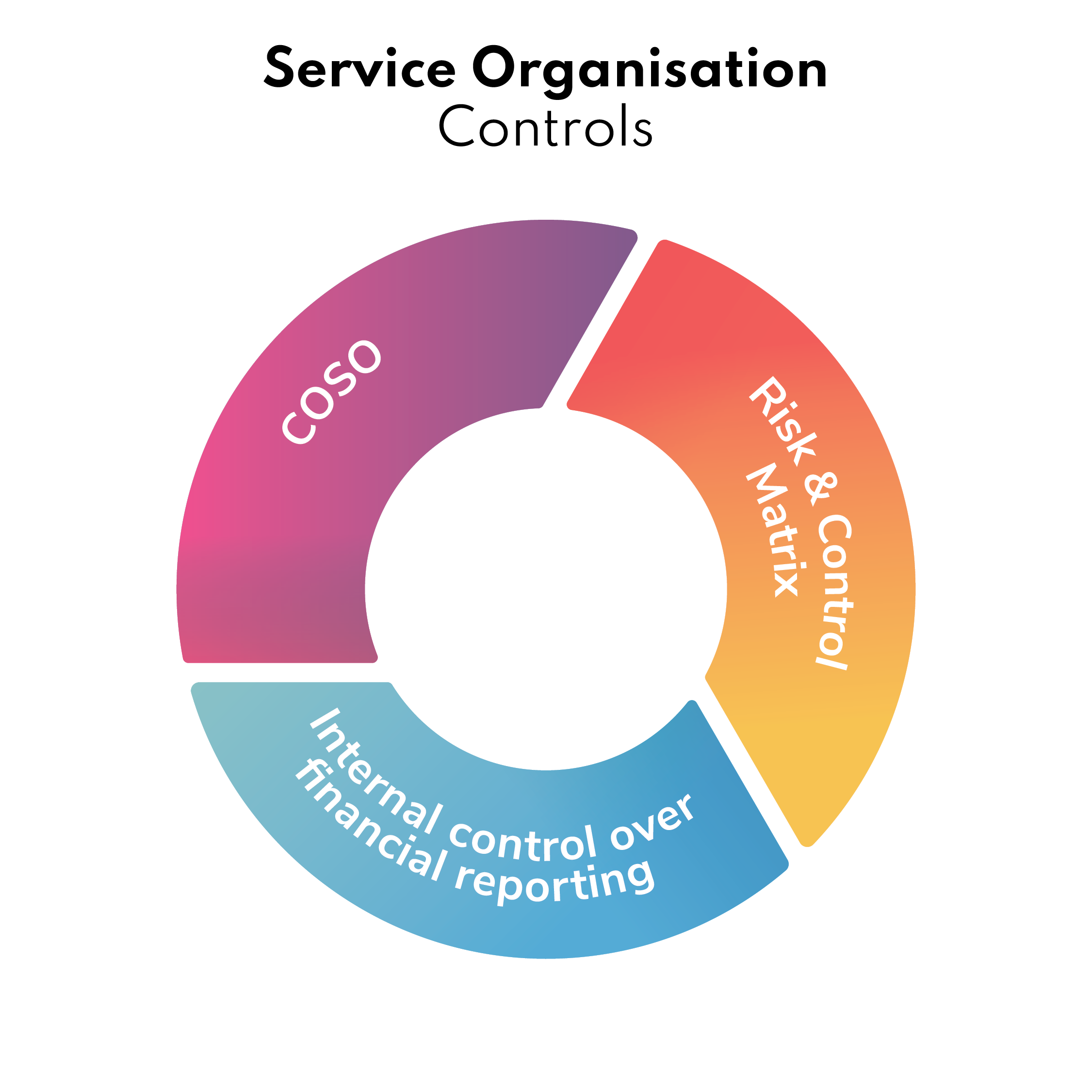
SOC 1 Implementation Overview
Upon implementation of the framework, it is a demonstration of internal control over financial reporting (ICFR). We have a 6-phase Methodology, to help you achieve successful SOC 1 compliance.
What is SOC 1?
Service Organization Controls (SOC 1) is aimed at assuring a user entity that there are adequate Internal controls over financial reporting (IFCR).


Project Phases
PHASE IDetermination of Objectives
This phase involves determining key business objectives, from user entity, as well as of the service organisation.
PHASE IIGap Analysis
This phase involves performing gap analysis of the above listed objectives on one hand, and the applicable SOC 1 controls and risks, on the other. We provide solution for all identified gaps.
PHASE III Control Design and documentation
This phase involves our methodology that involves distribution of risks, and control responsibility to internal stakeholders. This also includes nomination of key roles such as risk officer – who will drive the ongoing compliance.
PHASE IVTracking
This phase involves tracking the client risks, documentation and self-compliance on a weekly basis till all internal controls are adequately implemented.
PHASE V Performance Tracking
This phase involves measuring internal control changes on a scale of 0-100%. This gives assurance to internal stakeholders that the processes implemented are adequate (or at risk). If there are deviations or risks identified, they are treated.
PHASE VIInternal Audit
Internal audit followed by a formal review of the program gives organisation an independent perspective, and enables them to be ready for final attestation.
Impact after completion of Phases
What is ISAE 3402?
Attestation standard used by global professional accountants to attest SOC 1 controls.
What is SSAE 18?
Attestation standard used by US based CPAs to attest SOC 1.


